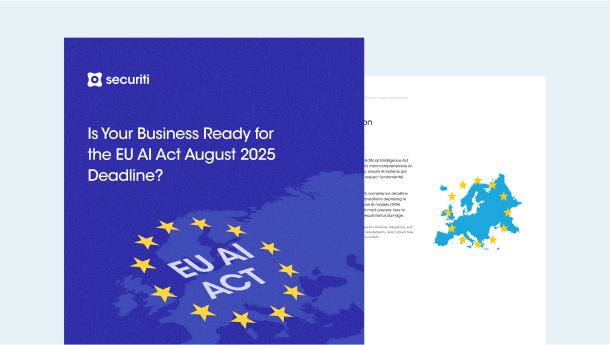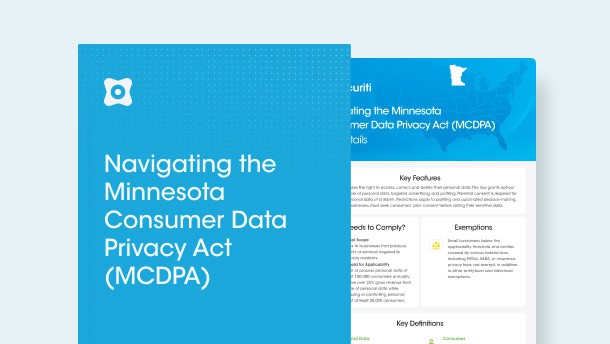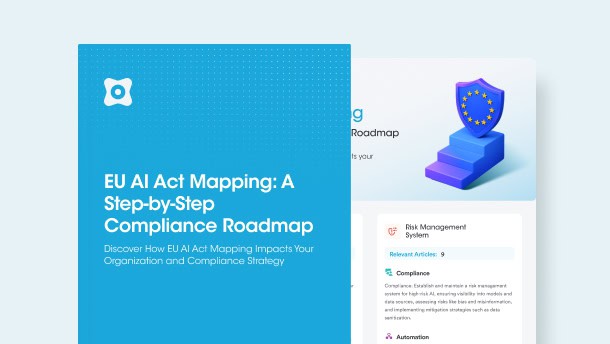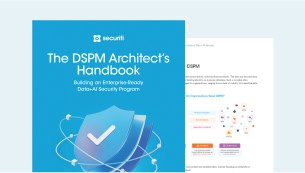Adware, short for advertising-supported software, is a type of software that displays unwanted advertisements on a user’s device. These advertisements are typically intrusive and may appear as pop-up windows, banners, or injected into web pages.
How Does Adware Work?
Adware is the shortened name for advertising-supported software. It is designed to display unwanted advertisements on a user’s device. In most cases, Adware is disguised as legitimate software available for free that a user is likely to download and install. It is often available on pirate websites for free, enticing users to download and install it.
In most cases, the software does work as intended but in the background, adware can manipulate various aspects of a user’s device. This includes games, browser extensions, tools, and other files.
Once installed, the Adware may alter a user’s browser settings, inject ads within webpages, and, in some cases, begin redirecting users to certain websites. At first, it may seem more akin to an annoyance than an actual threat. However, while its most obvious effect is on user experience, it can also pose a significant risk to user privacy and security as well.
What are the Risks Associated with Adware?
Adwares represent a unique threat. Unlike some other forms of malicious software-related threats, it can initially seem fairly innocuous. However, once infected, users may find their devices compromised in various ways, undermining both their experience and privacy. Some of the most common risks associated with Adware include:
- Compromised login credentials;
- Loss of personal data;
- Degradation of device performance;
- Unlawful browsing habits tracking;
- Redirection to links with more serious threats, such as malware.
Adware Effect on User Experience
By now, it should be clear that adware affects more than just user experience. However, if left unchecked, this impact on user experience can be a major nuisance in itself. As explained earlier, most adware injects itself into the user’s device, manipulating their browser settings and either redirecting users to specific web pages or showing unwanted ads.
The pages the user is redirected towards may contain built-in threats such as malware, or the advertisements being shown to the user may be designed to trigger a response within the user’s device. In other instances, the triggered response may be an auto-played video, a barrage of pop-up ads that keep popping back up after every 30 seconds, or auto-downloads of other software and browser extensions.
Adware As a Cybersecurity Threat
Cybercriminals are smart and adaptive. Regardless of how precise and effective countermeasures developed to negate their tactics might be, they manage to come up with more devastating results.
Such cybercriminals can potentially use adware as a test to see what kind of protection a user or system has deployed. Depending on how the user or system responds to the initial adware, cybercriminals may launch additional attacks that may be more malicious in intent.
Recent trends and studies indicate a shift towards more targeted and stealthy adware campaigns where an adware’s purpose is highly dormant. In such instances, users are rarely ever shown ads or redirected to certain websites. Doing so not only arouses little or no suspicion but allows adware to be used in the integration of social engineering and other threats to the user or system.
Hence, for users, it is necessary to remain aware of the emerging trends and tactics deployed by cybercriminals and have the relevant countermeasures proactively deployed on their devices. Failure to do so will only invite more serious threats in the future, with the user or system unprepared to thwart such threats effectively.
How to Prevent and Remove Adware?
Preventing Adware is fairly straightforward. All it requires is for users to undertake a combination of proactive measures such as updating all their security software, avoiding pirated content downloads, using ad-blocking browser extensions, and regular scans of their devices to detect and delete any such adware.
In case a user already has become a victim of Adware, they may take the following actions promptly:
- Reset all browser settings to default;
- A thorough scan of their device for any new threats;
- Delete any suspicious programs.
Legal and Ethical Aspects of Adware
Adwares represent a fairly grey area, both legally and ethically. As mentioned earlier, unlike other severe threats such as malware and ransomware, Adware may seem pretty innocuous as they don’t pose the same degree of danger to a user’s data security and privacy. This is further exacerbated by the fact that some adware obtain user consent and provide clear disclosures to users.
Governments across the world have taken numerous steps to curb unethical adware-related practices, but these steps can be hard to enforce owing to the global nature of the Internet. However, with user consent and data collection becoming increasingly important points of contention among data protection regulations being drafted globally, there is an expectation that a standardized set of guidelines that prioritizes user privacy and transparency may soon be developed. Businesses unable to adhere to such guidelines may face severe consequences.





































